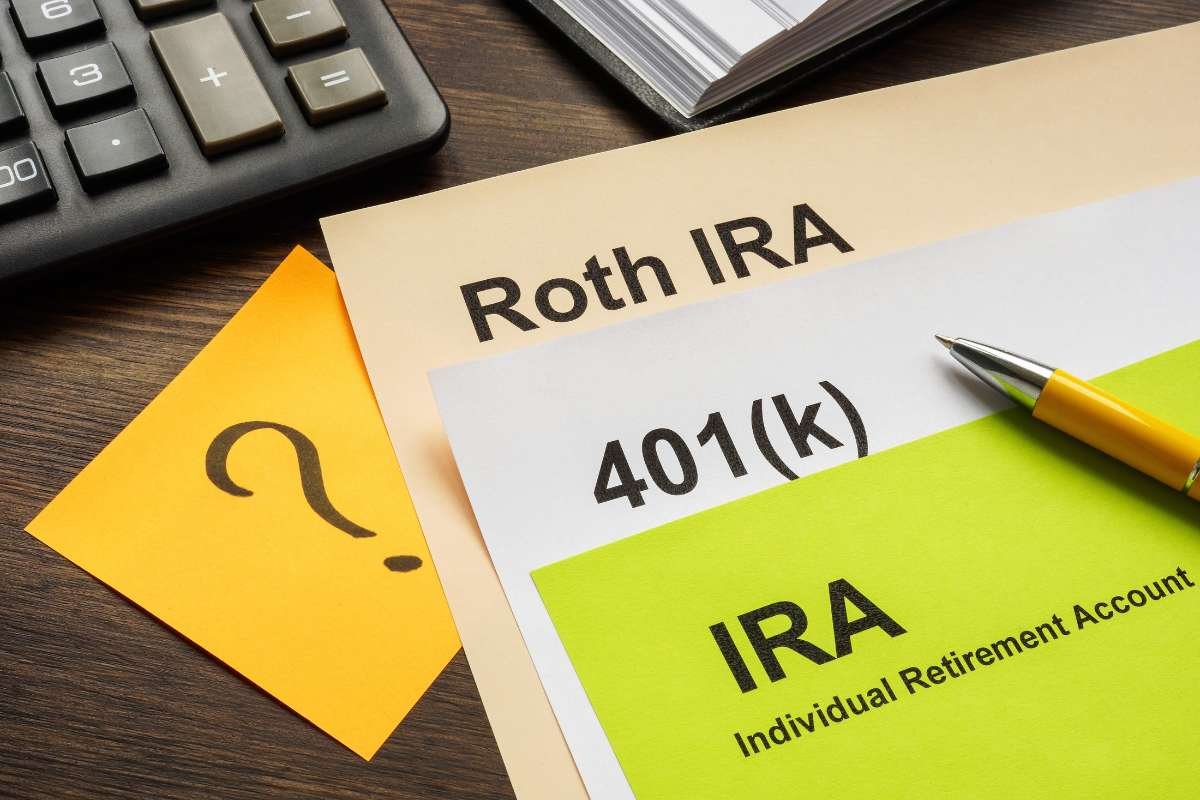Inheriting an IRA used to be relatively straightforward. But recent changes to the rules for IRA beneficiaries have added layers of complexity that could significantly impact how much you inherit—and how much you keep. If you’re feeling overwhelmed by the jargon of “10-year payout windows” and “required minimum distributions,” you’re not alone. These changes require careful planning to avoid unnecessary taxes and penalties while maximizing your inheritance.
That’s where a retirement plan advisor becomes indispensable. With their expertise, they can help you navigate the evolving landscape of IRA beneficiary rules, protect your financial future, and make the most of what your loved ones left behind. Let’s explore why having a trusted advisor by your side is more critical than ever.

The SECURE Act requires most non-spousal IRA beneficiaries to withdraw the full account balance within 10 years of the original owner’s death. This rule can lead to significant tax implications if withdrawals are not carefully planned. A financial planner can design a strategy to spread distributions over the 10-year period, potentially reducing the tax burden. For example, staggering withdrawals may help beneficiaries stay in lower tax brackets, preserving more of the inheritance. Without a strategy, beneficiaries risk higher taxes or penalties. According to the IRS, improper handling of inherited IRAs can lead to a penalty tax of 50% on missed required distributions.
Eligible Designated Beneficiaries (EDBs), including spouses, minor children, or individuals with disabilities, are granted more flexible withdrawal options under the SECURE Act. Unlike most beneficiaries, EDBs may be able to stretch withdrawals over their lifetime instead of adhering to the 10-year rule. This flexibility can reduce tax liability and allow inherited funds to grow longer in a tax-advantaged account. For minor children, the lifetime stretch applies only until they reach the age of majority, after which the 10-year rule begins. A financial planner can confirm EDB status and develop a tailored strategy to maximize tax benefits.
The SECURE Act’s 10-year withdrawal rule for non-spousal beneficiaries often results in higher tax liabilities. Accelerated withdrawals can push beneficiaries into higher tax brackets, reducing the net value of the inheritance. For example, taking large distributions in a single year may cause income to exceed thresholds for higher tax rates, costing thousands in additional taxes. A financial planner can help time withdrawals to minimize this impact. Spreading distributions over multiple years can keep income within lower tax brackets, preserving more of the inherited funds. Careful planning is crucial, especially for beneficiaries already earning a high income.

The SECURE Act ended the stretch IRA strategy for most beneficiaries, removing the option to extend distributions over a lifetime. Now, non-spousal heirs must withdraw inherited IRA balances within 10 years, potentially losing decades of tax-deferred growth. This shift requires new approaches to preserve wealth and minimize taxes. Financial planners can identify alternatives, such as using inherited funds to invest in tax-advantaged accounts like a Roth IRA or 529 plan. Strategic timing of withdrawals can also help mitigate tax impacts. For beneficiaries inheriting large IRAs, these adjustments are critical to maintaining long-term financial stability.
Certain beneficiaries, like minors, are required to take Required Minimum Distributions (RMDs) from inherited IRAs until they reach the age of majority. After that, the SECURE Act’s 10-year withdrawal rule takes effect, requiring the remaining balance to be withdrawn within a decade. Missing an RMD can result in a steep penalty—50% of the amount not withdrawn as required. A financial planner can guide you in calculating and meeting RMD requirements to avoid these penalties. They can also help integrate RMDs into a broader tax and investment strategy to preserve the inherited funds’ value.
Fragasso Financial Advisors, a respected wealth management firm based in Pittsburgh, has delved deeper into the complexities of the new IRA beneficiary rules in their blog post, Understanding the New IRA Beneficiary Rules: What You Need to Know. Their article offers a comprehensive breakdown of the regulatory changes, including insights into the 10-year rule, exceptions for eligible beneficiaries, and strategies for managing tax implications. For those seeking a deeper understanding of how these rules might affect their inheritance or financial planning, the blog serves as a valuable resource to navigate these important changes.

Navigating the new IRA beneficiary rules can feel overwhelming, but you don’t have to face it alone. A financial planner can help you understand the changes, avoid costly mistakes, and create a plan that works best for you. These new rules impact your taxes, your inheritance, and your future. By working with a professional, you gain confidence and clarity in managing your financial decisions. The right guidance today can protect your legacy for tomorrow. Don’t wait—start planning now to make the most of what is yours.
Investment advice offered by investment advisor representatives through Fragasso Financial Advisors, a registered investment advisor.






